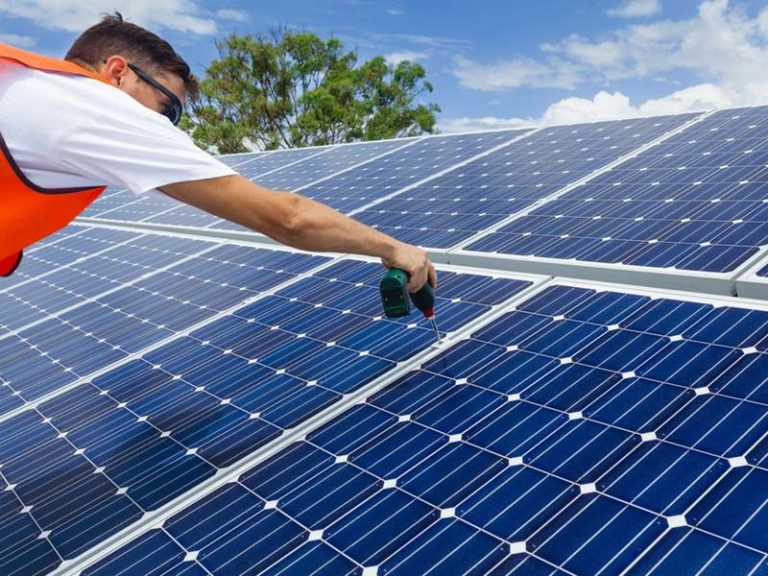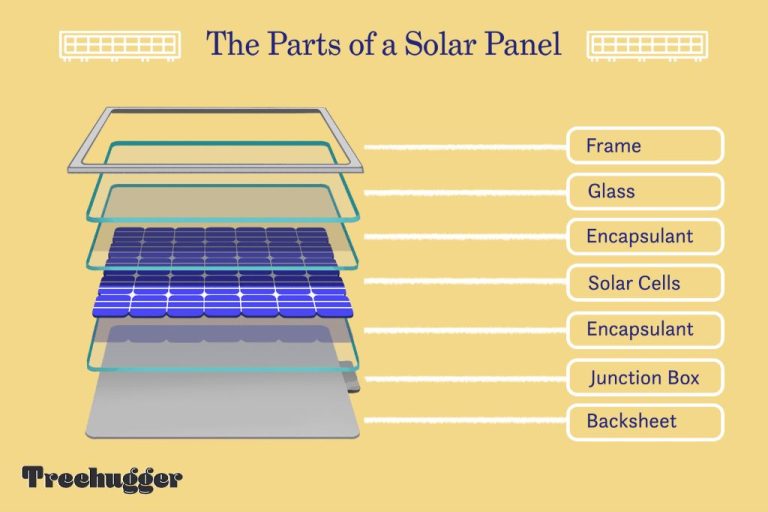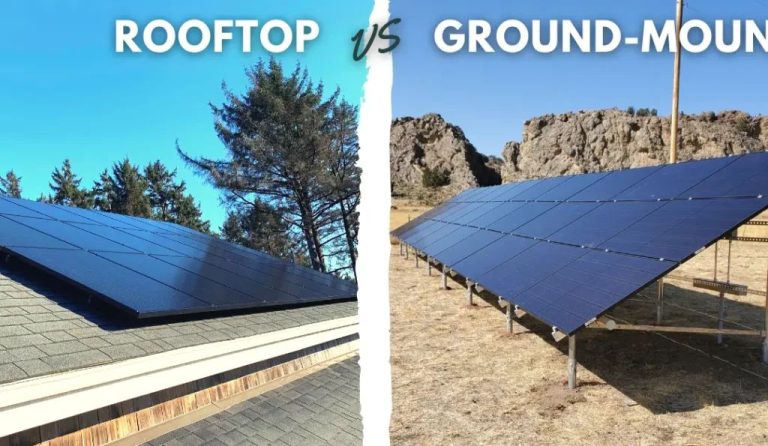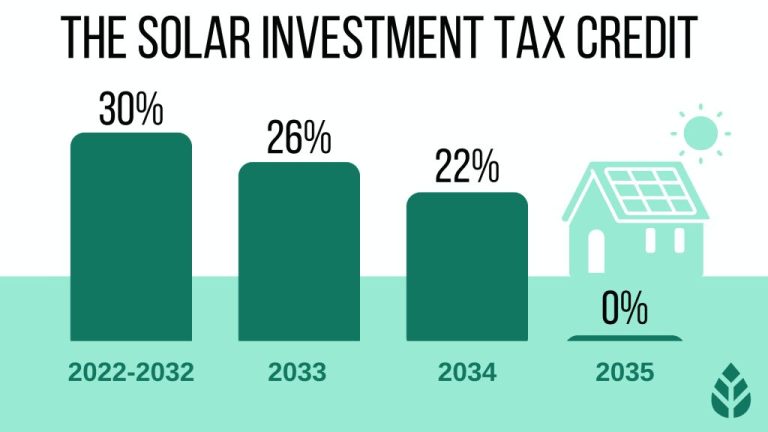What Is The Disadvantage Of Solar Power Bank?
Low Energy Density
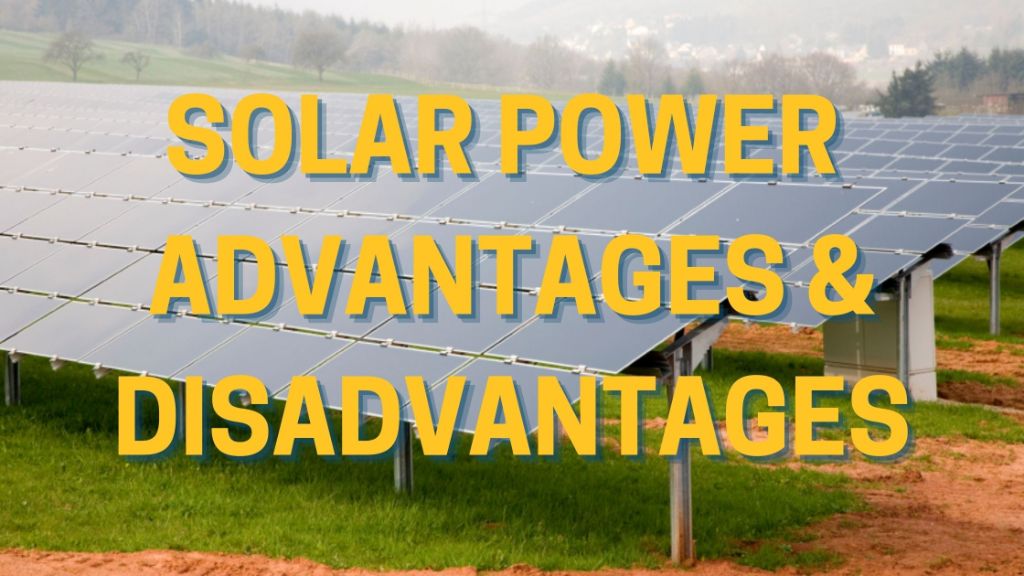
One disadvantage of solar power banks is their low energy density compared to fossil fuels [1]. Solar cells generate only about 1-2 watts per square foot, while gasoline provides over 4,700 watts per square foot [2]. This means solar devices require a large surface area to collect meaningful amounts of energy. For example, a typical 300W solar panel may be over 6 feet long and 3 feet wide. The low energy density makes solar devices bulkier and heavier than comparable fossil fuel generators.
Weather Dependence
Solar power banks depend heavily on sunny weather conditions to effectively charge devices. Their output depends entirely on the amount of sunlight that hits the solar panels, which can vary greatly depending on cloud coverage, time of day, geographic location, and other environmental factors.
Cloudy days dramatically reduce the solar power bank’s charging capacity compared to sunny days. Overcast skies block a significant amount of sunlight from reaching the solar panels, limiting energy production. At nighttime, solar power banks cannot charge at all without sunlight. Even in daylight hours, partial cloud coverage can cut power output to a fraction of the maximum capacity on a clear day [1].
The effectiveness of solar power banks also depends heavily on geographic location. Areas that receive abundant year-round sunshine can fully leverage solar, while cloudier regions will get lower yields. Within a given location, seasonal variations in sunlight hours also impact solar power output across the year [2]. In summary, unreliable weather reduces the charging reliability of solar power banks.
High Upfront Cost
Solar panels and batteries are expensive compared to other energy sources. A typical 5kW solar panel system costs $15,000-$25,000 for purchase and installation, not including any storage batteries (https://www.energysage.com/about-clean-energy/solar/solar-energy-vs-fossil-fuels/). This high upfront cost is a major disadvantage compared to cheaper fossil fuel power plants. Building a new natural gas power plant costs around $1 million per megawatt, while utility-scale solar farms cost around $1.8 million per megawatt (https://www.carbonbrief.org/solar-is-now-cheapest-electricity-in-history-confirms-iea/).
The high initial investment means there is a long payback period to recover the upfront costs. It can take 5-10 years for residential solar panels to pay for themselves through electricity savings. This makes the economics challenging compared to fossil fuels that have lower upfront costs despite ongoing fuel expenses.
Limited Applications
One disadvantage of solar power banks is their limited range of applications. Solar power banks work best for charging small, low-power electronics like cell phones, tablets, and lights. The relatively low power output from small, portable solar panels makes them impractical for larger devices with higher energy demands, such as laptops, electric tools, kitchen appliances, or heating and cooling systems.
Typical portable solar power banks generate between 5 to 25 watts of electricity. This is sufficient to slowly charge phones, cameras, and other small USB-powered gadgets over several hours in the sun. However, trying to run more power-hungry devices is unrealistic. For example, a typical electric space heater requires around 1500 watts, which would require a massive solar array.
While solar power banks provide a convenient way to charge devices on-the-go, their low power output limits them to small electronics and makes them unsuitable as a primary power source for most household applications. More robust home solar systems are required to meet higher energy needs.
Energy Storage Issues
One major disadvantage of solar power is the need for energy storage to provide power when the sun is not shining. Solar panels only generate electricity when the sun is out, meaning batteries are required to store excess energy during the daytime to power needs at night and on cloudy days. This adds significant cost and complexity to solar power systems.
Large batteries are required to store meaningful amounts of energy, which can be challenging to site and maintain. There are also environmental concerns around battery disposal and recycling once they reach the end of their usable life. Lithium-ion batteries require careful recycling processes to recover toxic materials like cobalt. If not disposed of properly, they can leach harmful chemicals into the environment. Developing effective solar storage solutions while managing battery waste remains an ongoing challenge.
Aesthetic Impact
Solar panels can be visually unappealing for some people, especially when mounted on visible rooftops or building facades. According to a study published on ScienceDirect, solar panels can negatively impact architectural aesthetics due to their color, texture, and layout. The visibility and glare from solar panels were identified as two key concerns regarding aesthetics.
Careful consideration of placement and orientation is needed when installing solar panels on buildings with unique or historical architecture. Rooftop solar may clash with the look and feel that architects aimed to achieve. There are some techniques to help integrate solar panels, like using mounting structures painted to match the roof or strategically placing panels out of direct sight lines. But in general, the look of solar panels is a disadvantage that must be weighed against their energy benefits.
Toxic Materials
Some solar panels contain toxic metals like cadmium and lead that require proper handling and disposal. Cadmium telluride (CdTe) and copper indium gallium selenide (CIGS) thin-film panels contain cadmium, a toxic metal that can accumulate in the environment and harm ecosystems (see EPA source). Silicon panels may also contain lead.
When solar panels reach the end of their lifespan, it’s important they are disposed of properly to prevent the toxic materials from leaching into the environment. Solar panel recycling is key to managing this waste stream in an eco-friendly manner. Proper solar panel disposal regulations are still developing in many areas. With the rapid growth of solar, addressing the solar panel waste problem through safe recycling methods is becoming increasingly important (see additional source).
Land Use Conflicts
Solar farms typically need large, contiguous plots of unused land to capture enough sunlight. According to a 2023 Reuters report, utility-scale solar projects in the U.S. require around 5-10 acres per megawatt of capacity. With farms often exceeding 100 megawatts, they can cover 500 acres or more of land[1]. This high land requirement has created conflicts with other uses, notably agriculture:
A 2023 study found solar development was more likely on cropland and pasture rather than previously developed sites[2]. Farmland offers flat, open terrain ideal for solar panels. But using agricultural land for energy production reduces available cropland. This can negatively impact food production andsecurity.
Large solar projects also take over habitats, disrupting local ecosystems. The Brookings Institute notes solar farms in deserts interfere with tortoise migration routes[3]. Farms spanning hundreds of acres inevitably impact animal and plant habitats.
Strategic solar siting on marginal, degraded or previously developed land can help minimize conflicts over productive agricultural and ecological areas. But inherent high land requirements make some conflict inevitable.
Longevity Issues
Solar panels gradually lose efficiency and degrade over decades of exposure to the elements. According to the U.S. Department of Energy, the estimated operational lifespan of a solar PV module is around 25-30 years, although panels may still produce energy beyond this timeframe at reduced output [1]. Key factors impacting solar panel longevity include:
- UV exposure – Constant bombardment by UV rays can yellow and degrade solar cell materials.
- Thermal cycling – Heating and cooling cycles stress materials over time.
- Moisture ingress – Water vapor can penetrate protective glass and corrode connections.
- Mechanical wear – Wind, hail, and weather events stress and degrade panels.
While solar panels still produce energy beyond 25-30 years, their output may drop below 80% of initial capacity. Replacing degraded solar panels can be costly. Proper solar panel maintenance and weatherproofing can maximize lifespan.
Availability of Rare Materials
Solar photovoltaic cells require specialized materials called rare earth elements, including minor metals like indium, gallium, selenium, cadmium, and tellurium. As noted by climate.colombia.edu, elements such as silicon, cobalt, lithium, and manganese are not rare earth elements but are also critical raw materials needed for solar panels and the broader energy transition.
Global reserves of these rare earth metals are limited. With large-scale adoption of solar power, supplies could quickly be strained. As FCNL.org reports, the U.S. currently relies heavily on China to mine and process these elements. Building adequate domestic supply chains could be challenging.
Ultimately, the availability of essential rare earth metals could constrain the pace and scale of the switch to solar photovoltaics. More recycling and technological improvements may be needed to sustain long-term growth.

